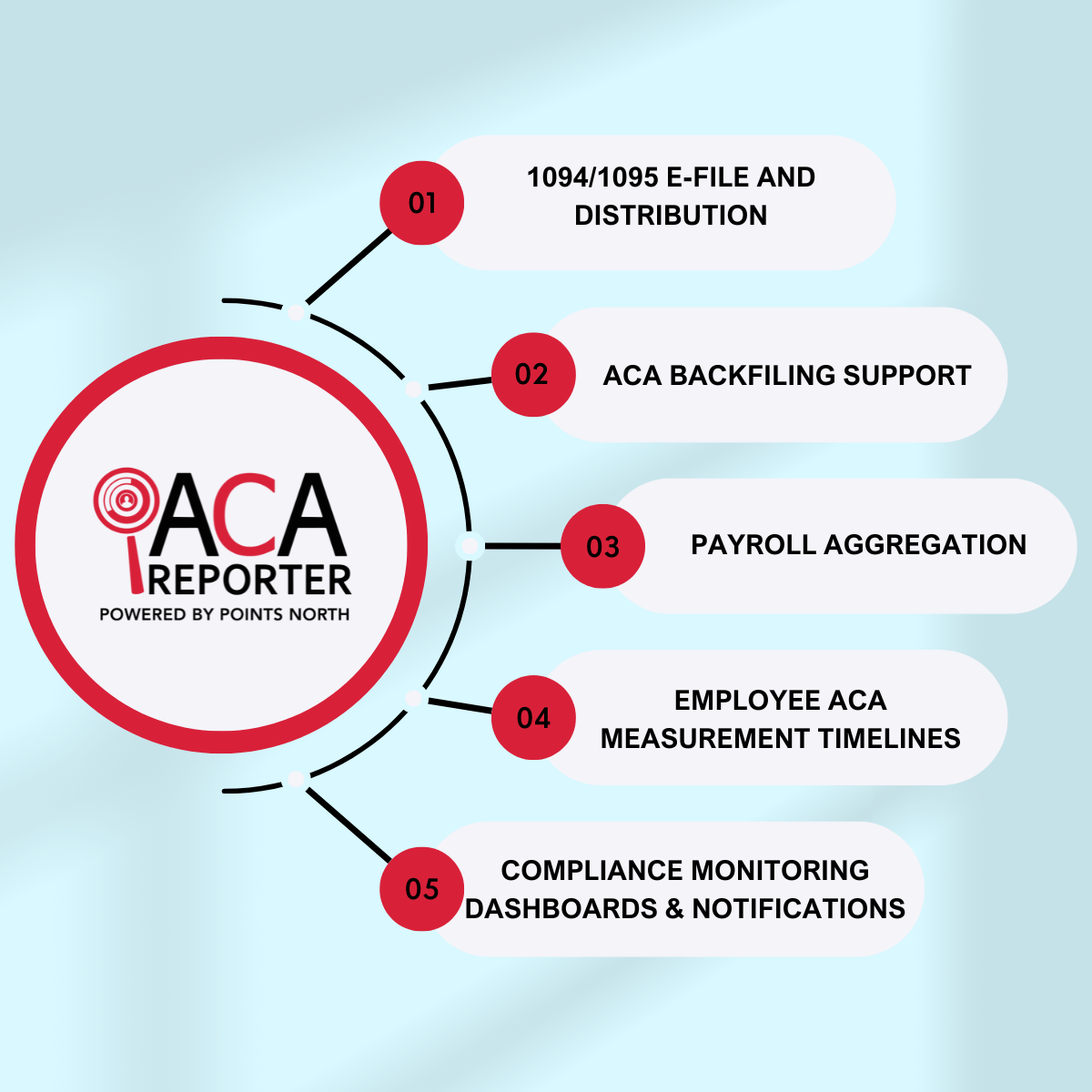
Do you have trouble staying up to date with changes to the Affordable Care Act (ACA)? Knowing a bit about the Affordable Care Act history may help.
If you know what changes have happened, you may be able to prepare for future changes. Then, you can keep your company running smoothly and offer the right benefits to employees.
Continue reading for a look into the past.
Start of the Affordable Care Act
Affordable Care history starts in July of 2009 when Democrats introduce legislation to change the healthcare system. At the time, the bill had the name "Affordable Health Care for America Act."
The following month, the Democrats lose a crucial Senate vote with the death of Senator Ted Kennedy. However, the House of Representatives pushes on and passes the initial bill in November of 2009.
Move to the Senate
In December, the Senate votes for its own version of the bill, "America's Healthy Future Act." The bill passes with the 60 votes necessary for a supermajority.
This happens thanks to the appointment of Paul Kirk, a Democrat, as an interim senator. Unfortunately, it will take a few more steps before the Affordable Care Act comes into law.
January 2010 sees the election of a Republican senator, so the Democrats lose their supermajority. Two months later, Democrats in the Senate used budget reconciliation to pass the bill with 51 votes instead of 60.
Back to the House
After the bill passes the Senate, it returns to the House of Representatives. Thirty-four Democrats voted against the bill along with all Republicans in the House.
However, those votes aren't enough to stop the healthcare reform bill. The House passes the bill, and two days later, it hits President Obama's desk.
Obama signs the Affordable Care Act into law on March 23, 2010. Some changes immediately take effect, such as granting "grandfathered status" to existing health insurance plans.
Current plans could continue to exist as long as they stayed the same. Insurers also had to keep offering those plans for them to continue to comply with the law.
Changes After Implementation
People who bought health insurance after the Affordable Care Act passed had to switch to a plan that met ACA standards when they enrolled for coverage for 2014.
A couple of months after passing the ACA, qualifying small businesses could get tax credits. Those credits helped pay for as much as 35% of health insurance premiums.
Six months after enacting the ACA, the government created a website to help people learn about health plans. Around that time, the bill also started prohibiting the exclusion of people with pre-existing conditions.
Changes in 2011
In 2011, the ACA went through a few changes that helped patients. For one, insurance companies had to let patients select their own primary care providers (PCPs).
Similarly, insurance companies could no longer require prior authorization before a patient visited a gynecologist. The law also required companies to allow patients to access emergency care.
New insurance plans had to cover preventive care; companies had to pay for at least part of those visits. The law got rid of lifetime limits on care.
Another change also implemented restrictions on annual limits that health insurance plans pay. This was also the year when the ACA required insurers to let adults stay on a parent's plan until 26.
Changes in 2014
A few years later in the Affordable Care Act history, the government started offering subsidies to qualifying individuals. Small businesses also got a boost in tax credits up to 50% of insurance premiums.
Businesses can take advantage of these credits when the insurance marketplace is operational. Another major change this year was the implementation of the individual mandate.
The mandate required individuals to purchase health insurance or pay a fine. It started at $95, but the fee increased to $695 by 2016, and high-income adults had to pay up to 2.5% of their income.
However, insurance companies now had to cover all adults who apply for Affordable Care Act coverage between 19 and 64. Understanding these changes is crucial when choosing a plan for your company.
Other Changes Affecting Businesses
In 2015, employers with at least 100 employees had to start paying a fee if they didn't offer health insurance. However, 2019 saw a change that eliminated that requirement.
Instead, companies can now choose to offer health insurance. If they choose not to, they can put money into a tax-free account for their employees.
Meanwhile, the cost of health insurance premiums has exploded. Since companies often subsidize coverage for employees, businesses have to be more strategic about the plans they offer to workers.
Attempts to Repeal
Expansion of Subsidies
For better or worse, attempts to repeal the legislation have been a big part of the Affordable Care Act history. In 2017, Republicans controlled the House and introduced bills to repeal and replace the law.
However, those attempts were unsuccessful despite many legal challenges and other obstacles. Congress was able to lower the cost of the individual mandate to $0.
This led to court cases claiming that the $0 mandate rendered the ACA invalid. One case made its way to the Supreme Court in 2021, but the Supreme Court dismissed it.
The Affordable Care Act has survived multiple repeal attempts, but it's become less affordable. With rising premiums, it can be hard for many Americans to pay for coverage.
Fortunately, the 2021 law the American Rescue Plan implemented a temporary increase in subsidies. In 2021 and 2022, more individuals qualify for tax credits when buying an individual plan.
The future of the ACA is unclear, especially as power shifts between political parties. However, the law is relatively safe for now, and it can help businesses and individuals alike.
Do You Know the Affordable Care Act History?
The Affordable Care Act history is long despite the law existing for slightly more than a decade. Not everyone is a fan of this legislation, but it has done some good during its time.
If you have a massive company, you should understand how the history affects you. That way, you can prepare for the future and know what to expect regarding changes.
Do you need help with ACA reporting? Read about our service to determine if we're the best fit for you.






.png)